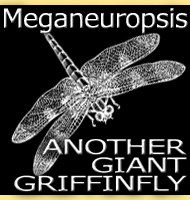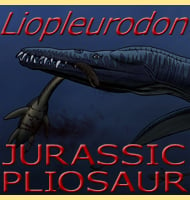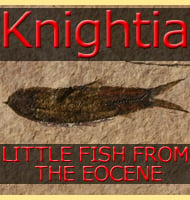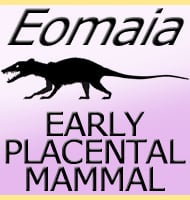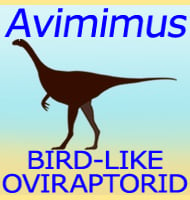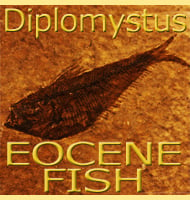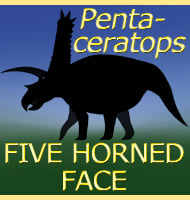In Depth
Today the Yixian Formation of China is one of the most famous and most studied fossil bearing formations in the world with many significant prehistoric animals such as Eomaia, Graciliraptor, Confuciusornis, Dilong, Beipiaosaurus, Yutyrannus, Sinocalliopteryx and Psittacosaurus all amongst many, many other animals all being found there. However what many people do not know is that the very first tetrapod to ever be named as coming from the Yixian Formation was a small and unassuming little reptile named Monjurosuchus.
Since being named in 1940, Monjurosuchus has been variously described as a rhynchocephalian and a pseudosuchian, though today Monjurosuchus is treated as a choristoderan, and within this group Monjurosuchus is the type genus of a sub group named as the Monjurosuchidae. Monjurosuchus is noted as having large eyes as well as numerous small pointed teeth. The feet of Monjurosuchus are known to have been webbed but there are no other known aquatic adaptations. What stomach contents that are known are fragmentary and seem to come from arthropods.
Altogether Monjurosuchus seems to have been a predator of small invertebrates that were either around a lake edge or within the shallows themselves. The large eyes were likely enlarged to allow a greater amount of light to be collected and processed. This might suggest that Monjurosuchus came out at night, or alternatively allowed Monjurosuchus to seem better in the murky waters so that they could more effectively hunt. The fact that the feet were webbed while the tail had no swimming adaptation could indicate that Monjurosuchus were more concerned about manoeuvrability in the water as opposed to fast swimming. This would be a definite plus when hunting through the shallows and having to push through weeds and swim around submerged roots and branches. With the eyes orientated to be in top of the skull, Monjurosuchus probably approached prey from below.
Further Reading
- A new genus of Thecodontia from the Lycoptera Beds in Manchoukuo. - Bulletin of the Central National Museum of Manchoukuo 2:1-14. - R. Endo - 1940. - Exceptional fossil material of a semi-aquatic reptile from China: the resolution of an enigma. - Journal of Vertebrate Paleontology 20 (3): 417–421. - K. Gao, S. Evans, Q. Ji, M. Norell, S. Ji - 2000. – The choristoderan reptile Monjurosuchus from the Early Cretaceous of Japan. – Acta Palaeontologica Polonica. 52 (2): 329–350. – R. Matsumoto, S. E. Evans & M. Manabe – 2007.

